About 5-8% of the UK population (where I'm from) have FVL and about 80% of those people never have any problems. The most common complication is a DVT otherwise known as a Deep Vein Thrombosis, next is the risk of developing Pulmonary Embolisms (clots in the lungs), and then if you're a women you can suffer complications in pregnancy. Unfortunately I'm one of those people who clot and it was even worse for me because I was on hormonal birth control which pushes my risk up by another 34% if I was healthy in the first place.
My Experience Of Hormonal Birth Controls
From what I've been told and what I've researched the hormonal pills that I was on (Microgynon), for period control and contraception, increased my chances of developing a serious blood clot up to about 75%. That's a scary number for someone in my position and yet not surprising given my circumstances.
When I was told that I had to come off the pill I was a bit frightened at first because the first reason for going on the pill was to control the heavy bleeding and painful cramps that I used to get. Although to be honest I'd rather suffer from those than die so I stopped taking them straight away. I was told by the hospital nurses that I probably wouldn't have a period for a while simply because all the pain and stress that I was under. They were right, my last cycle was in January and I didn't have a proper one until June. I was then told that it would to take anywhere from 6 months to two years to get my cycle back to normal, which is fine just incredibly frustrating.
Having come out of hospital and worried about what my body was going to go through I tried to search online for information but for once the search engines were coming up dry. So, I decided to just wing it and then write my own articles so that others could compare to my experiences. The two links that I have added are my experiences of coming off of birth control and what you can expect. Some things are a little graphic but sometimes you need to be to get the point across.
Coming Off of Hormonal Birth Control
Coming off of Birth Control: 3 Months Later


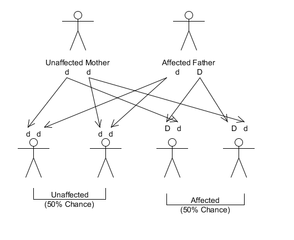
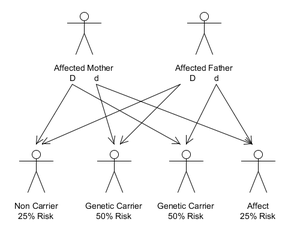
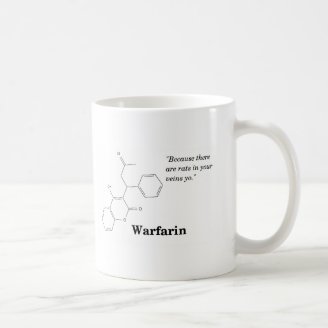
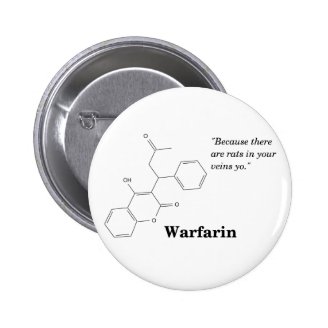



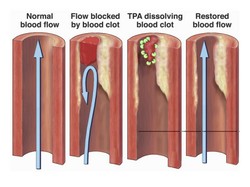

 What Is INRon 03/11/2017
What Is INRon 03/11/2017
 Learn How To Kniton 03/08/2017
Learn How To Kniton 03/08/2017
 Increasing Fiber For Optimum Healthon 07/24/2013
Increasing Fiber For Optimum Healthon 07/24/2013
 Bobski606's Wizzographyon 02/23/2013
Bobski606's Wizzographyon 02/23/2013

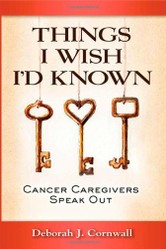
Comments
Thanks for stopping by, feel free to pm me if you or your daughter want to talk about anything x
We recently learned my daughter has Factor Five. This is a very good article, I like details and you have included all the details. When talking to the doctors or patient having been diagnosed it is hard to get all the details, this is a great resource. Thank YOU! I will share this with my daughter.